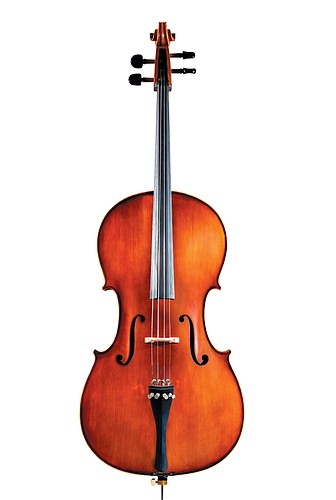- October 19, 2022
-
-
Loading

Loading

It’s been only a few seasons since Sarasota Orchestra began its “Journeys to Genius” series. The series combines history and music into compelling narratives with actors and singers, videos and musical examples and, finally, a complete performance. Last week’s Journey, “Shostakovich: Truth or Consequences,” was probably the most successful yet, for two reasons: The conductor, Dirk Meyer, worked with Stephen Schlow, chair of the UCF Film Department in Orlando, to come up with a gripping script; and even with the severe limitations of the video and sound systems in the Sarasota Opera House, things ran smoothly, allowing the storytelling and music-making to take center stage.
The Meyer-Schlow collaboration brought underscoring to the storyline, so as the actors, Eric Pinder and Stephan Jones, took on varied roles in Soviet history, from Stalin to Shostakovich, the live music gave their script an urgency and immediacy that only music can do. The story also gave us a lot to think about and, at times, to question.
What, for example, would Shostakovich’s music have sounded like if the Soviet government had not forced him to compose music that would be interpreted in different ways by different people? Stalin, they pointed out, heard a triumphant march in the now famous Fifth Symphony, while non-communists could easily hear intended sarcasm, contempt and mockery.
The storyline, which pointed out the political propaganda espoused by the Soviet regime, might also be heard as a 21st-century western view of socialism. Political reality versus artistic reality is, after all, still floating around today. But what was then called “leftist” is now on the “right” and what was then right, in some quarters, seems to have become wrong.
Politics aside, Meyer’s comparison of the repeated notes in Beethoven’s Ninth and Shostakovich’s Fifth, and the final 44 or so minutes devoted to the complete performance of the Shostakovich symphony were extraordinary. And tenor Adam Ulrich’s brief excerpts of works by Mussorgsky and Shostakovich added just the right varietal color.
As insightful as the historic videos, designed for the first half by Austin McKinley, were, even more stunning was Steve Lemke’s live camera work zooming in on principal players and section configurations, giving the audience a chance to peer inside the orchestra to see, as well as hear, how this (now) romantic work is designed.
Yes, there were some not-quite-unison sounds among the strings in unison sections, but the overall performance was mesmerizing, and it showed us a side of Meyer we were most happy to see.